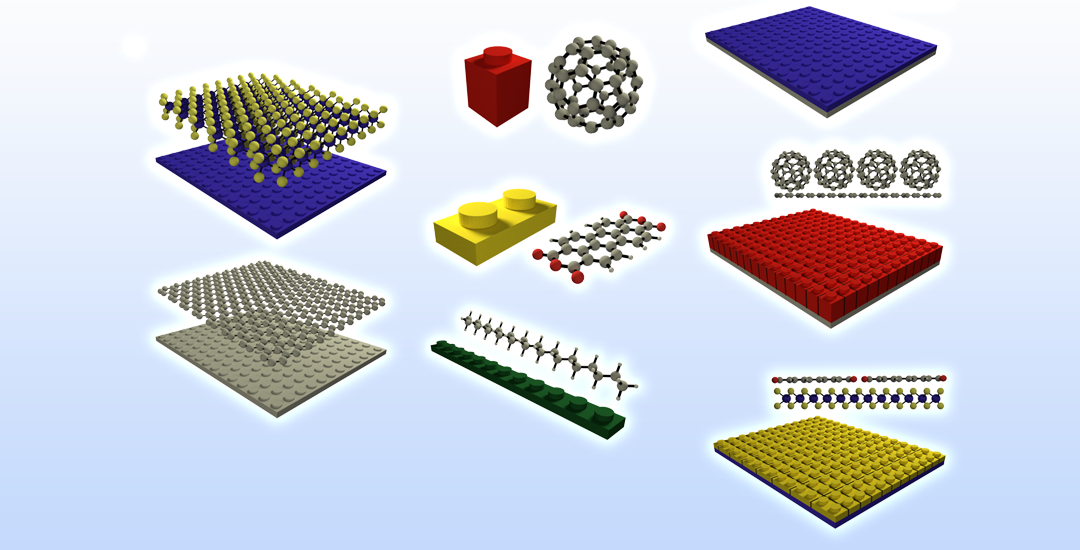Two dimensional (2D) layered materials such as boron nitride, transition metal dichalcogenides (TMDCs) and X-enes exist in nature. Their unique properties arise from their unique structure, where staked layers are stabilized by weak van de Waals (vdW) forces. New ideas related to two dimensional (2D) materials are being explored by researchers to facilitate the fabrication of novel materials.
The properties of the group of 2D materials termed van der Waals heterostructures are markedly different from that of the isolated components. Such materials could be utilized to fabricate artificial materials with controllable properties. Introducing organic molecules into these systems provides even more opportunity to produced designed materials with specific, predictable functionalities.
Paolo Samorìand co-workers from the University of Strasbourg highlight the many possibilties of such hybrid systems where highly-ordered (supra)molecular layers are interfaced with inorganic 2D materials. The result of this combination forming hybrid organic/inorganic van der Waals heterostructures.
Theses hybrid heterostructures have potential application in advanced electronics applications due to their novel architectures. To modify the intrinsic properties of the inorganic 2D materials rendering new characteristics, specific molecular groups can be employed.
Based on the infinite degrees of freedom of molecular design, hybrid van der Waals heterostructures fulfill all requirements needed to generate a new class of on-demand functional materials for high-end applications in (opto)electronics, sensing and energy.
To find out more, please read the Advanced Materials Progress Report here.

















